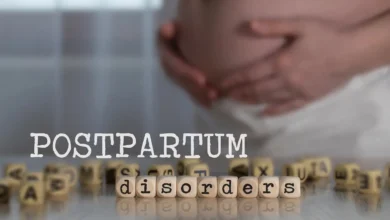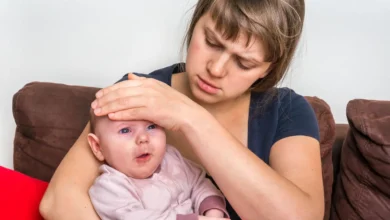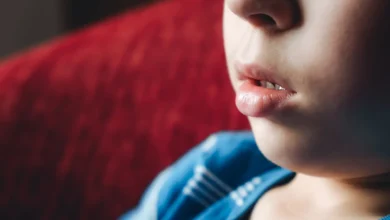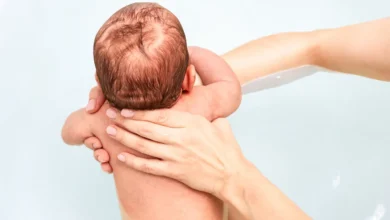The Heartbreaking Truth
Lisa recalls the day she received the news of her daughter Mia’s death as though it were yesterday. She told WFAA News, “I received a phone call while at work. It was the worst phone call I’ve ever received in my entire life. ‘Drop everything. Mia did not wake up from a nap.’”
Mia passed away while strapped in her car seat, a victim of positional asphyxia, a condition where a person’s breathing is restricted due to the position of their body. This can happen when babies fall asleep in a seated position, causing their airways to be blocked if their heads tip forward. Tragically, Mia’s death was a result of this condition while she was napping in her car seat.
Lisa had always been vigilant about Mia’s safety, never allowing her to sleep in a car seat. However, a lapse in supervision by a babysitter led to the devastating incident. Now, driven by grief and love for her daughter, Lisa feels a deep responsibility to warn other parents about the risks of car seat napping.
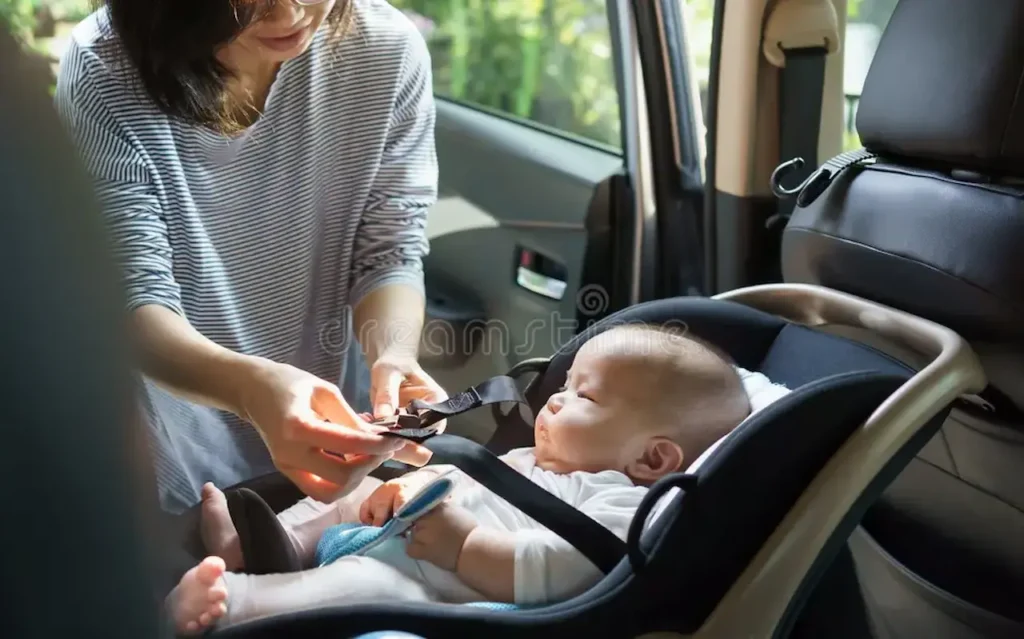
Car Seat Naps: The Dangers to Children
A study published in the Journal of Pediatrics revealed that 47 infants died while using sitting or carrying devices, such as car seats, between April 2004 and December 2008. Dr. Erich Batra, the lead author of the study, emphasized that “infants are not meant to sleep unsupervised in these devices.” Car seats, while designed to keep children safe during travel, are not meant for extended periods of sleep.
The primary danger arises from positional asphyxia. Infants, when left in a car seat for too long, may fall into a position where their head tilts forward, blocking their airways and preventing proper breathing. This can happen even when the child seems to be sleeping peacefully.
Lisa’s tragic experience serves as a wake-up call for parents everywhere. The temptation to leave a sleeping child in a car seat for convenience is understandable, but the risks far outweigh the ease. Car seats are essential for travel safety, but they are not designed for prolonged sleep, particularly without supervision.
You might also like: Postnatal Depression Can Last for Years.
Understanding Positional Asphyxia
Positional asphyxia occurs when a person’s position compromises their ability to breathe. In infants, this often happens when their head falls forward while they are sleeping in a car seat or similar seating device. Car seats are designed to protect children during travel, but they are not intended for extended periods of sleep, especially without close monitoring.
When a child sleeps in a car seat, their head can easily tip forward, causing their airway to become obstructed. This can lead to suffocation, even if the child appears to be sleeping peacefully. Lisa’s heartbreaking story is a reminder to always be vigilant when it comes to our children’s safety.
Supervision is Key
Even if your child appears to be sleeping soundly in a car seat, it’s important to monitor them closely. If your child falls asleep in the car, it’s crucial to move them to a flat, safe surface as soon as possible to reduce the risk of positional asphyxia.
Lisa’s message is clear: always supervise your child in their car seat, and never leave them unattended while they sleep. This simple act can save a life.
Lisa’s Advocacy: Spreading Awareness
In the wake of her daughter’s tragic death, Lisa has become a passionate advocate for child safety. She feels compelled to share her story and spread awareness about the dangers of letting babies sleep in car seats. Lisa hopes that by educating other parents, she can prevent other families from experiencing the same heartbreaking loss.
“I see people in restaurants using car seats or placing them at the table,” Lisa says. “I walk up to them, telling them that I lost a 17-and-a-half-month-old daughter, and ask them to be extra careful.” Her grief fuels her determination to protect other children and educate parents about safe practices.
Mia’s death left a permanent hole in Lisa’s heart. She reflects, “Mia didn’t deserve this. No child deserves to lose their life in such a way. I just want to stop other families from experiencing the pain that I went through.”
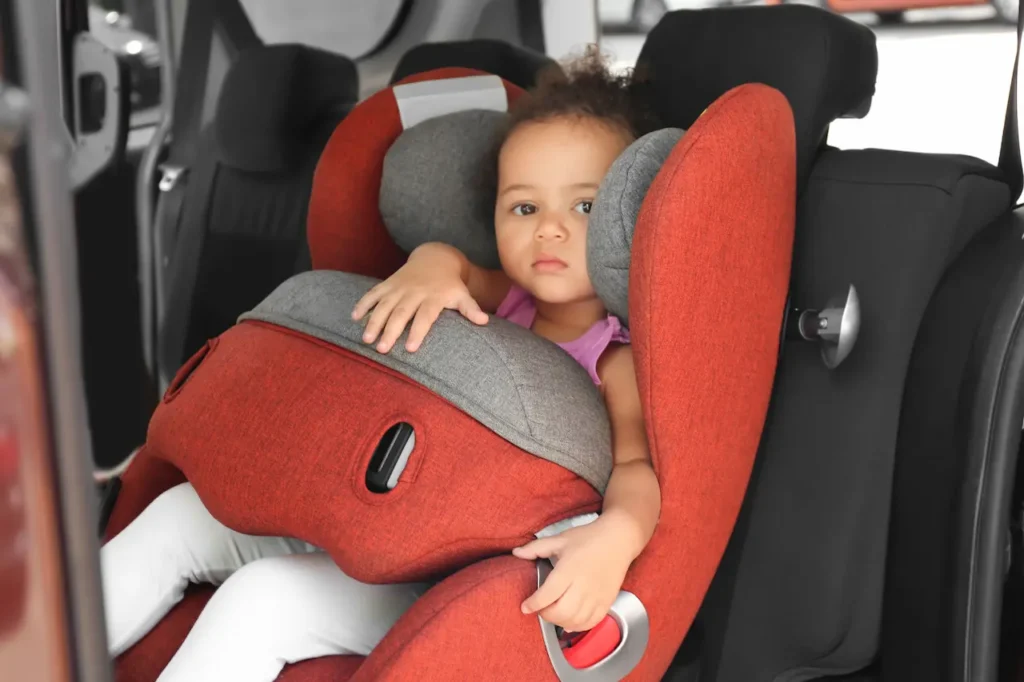
Educating Parents on Safe Practices
Lisa’s advocacy focuses on teaching parents the correct and safe way to use car seats. Here are some essential tips that every parent should remember:
-
Always Supervise Your Child
Never leave a child in a car seat unattended, especially if they have fallen asleep. If your child does fall asleep, move them to a flat surface as soon as you can. -
Use Car Seats Correctly
Always install and use your child’s car seat according to the manufacturer’s instructions. Ensure that the harness is snug and the seat is properly secured in the vehicle. -
Understand the Risks of Extended Use
Car seats are designed for travel, not for prolonged sleep. If you are traveling for an extended period, take breaks to allow your child to stretch and move around. -
Educate Caregivers
If your child is being cared for by someone else, make sure they are aware of the dangers of car seat napping and the importance of proper supervision.
You might also like: Parents Guide to Correct Car Seat Use
The Emotional Journey of Grief
In addition to her advocacy work, Lisa has been navigating the complex and painful emotional journey of grieving the loss of her daughter. The grief of losing a child is incomprehensible to many, and it’s made even more challenging by feelings of guilt and isolation.
Lisa speaks candidly about the importance of forgiveness in the grieving process. “People will say and act in hurtful ways,” she shares. “It’s important to forgive them because they don’t always know how to react.” Holding onto anger or resentment only prolongs the pain, and Lisa encourages others to let go of negative feelings as part of their healing journey.
Finding Community in Grief
One of the most important aspects of grieving is finding a supportive community. Lisa emphasizes the value of connecting with others who understand the pain of losing a child. Support groups and online communities can offer a safe space for grieving parents to share their stories and find comfort in knowing they are not alone.
Lisa found solace in connecting with other parents who have experienced similar losses. These conversations, though painful, have helped her feel less isolated. “Strength comes from community,” she says, and she encourages others to find that community as they navigate their grief.
The Power of Shared Experiences
Lisa’s journey has shown her that grief, while deeply isolating, is also an experience shared by many. “There is no ultimate loss,” she reflects. “Everyone has their pain, their battles to fight.” Grief can feel like the heaviest burden, but hearing the stories of others and sharing your own can be a source of strength and healing.
Accepting the Journey of Grief
Lisa embraces grief’s complexity as she continues her journey. The journey is filled with joys and sorrows. She remains dedicated to Mia’s legacy by promoting awareness and understanding.
Grief is isolating, but can also serve as a catalyst to connect. We can contribute to the larger story of love, healing, and loss by sharing our stories. As parents, it is important to remember safety, vigilance and the importance of supporting one another during times of crisis.
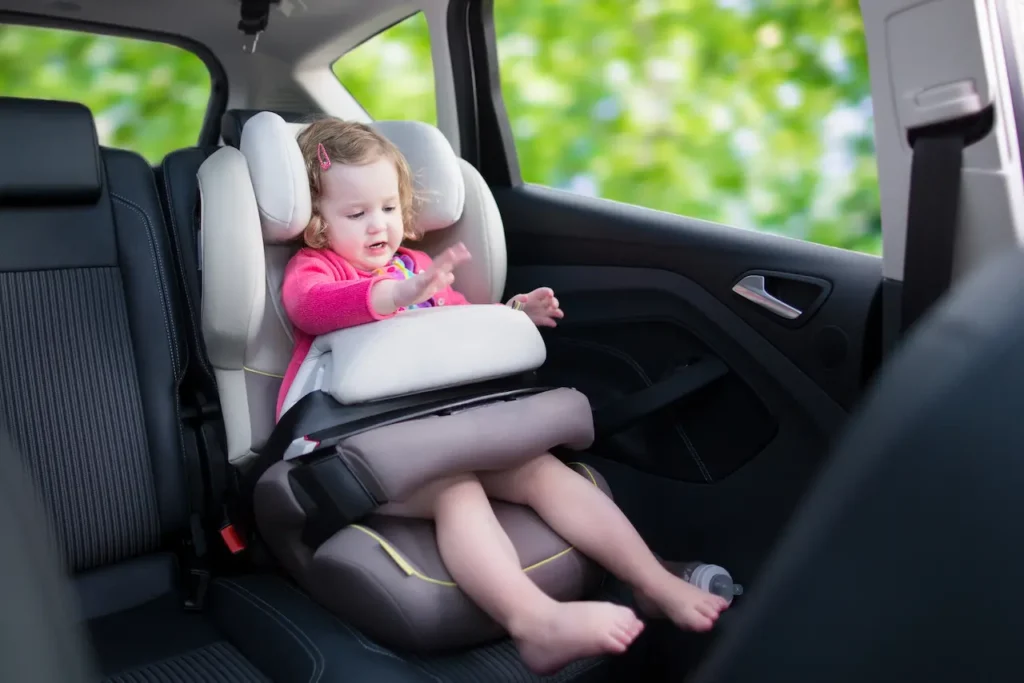
Create a Legacy of Love
Lisa’s advocacy goes beyond raising awareness. It’s also about leaving a legacy for Mia. She hopes that by educating others on the dangers associated with car seat napping and encouraging open discussions about grief, Mia’s legacy will be preserved and similar tragedies prevented.
Lisa says, “Every time that I speak to someone about safety I feel as if I am keeping Mia’s Spirit alive.” It gives me a purpose in the middle of my pain.
Conclusion
Lisa’s advocacy serves as a powerful reminder of the fragility of life and the importance of child safety. Her story is not just about one family’s tragedy, but about spreading awareness and protecting others. As we reflect on the impact of her loss, we are reminded of the importance of vigilance when it comes to our children’s safety.
By sharing her painful journey and educating others, Lisa hopes to create a ripple effect, preventing other families from experiencing the same heartbreak. Her message is clear: always supervise your child in a car seat, use the seat correctly, and educate others on safe practices.
If there’s one thing Lisa wants parents to take away from her story, it’s this: Never take your child’s safety for granted. Her advocacy is about saving lives, and through her efforts, Mia’s memory continues to make a difference.
Let’s honor Lisa’s mission by spreading awareness and ensuring that no other parent has to face the tragedy of losing a child to positional asphyxia.
